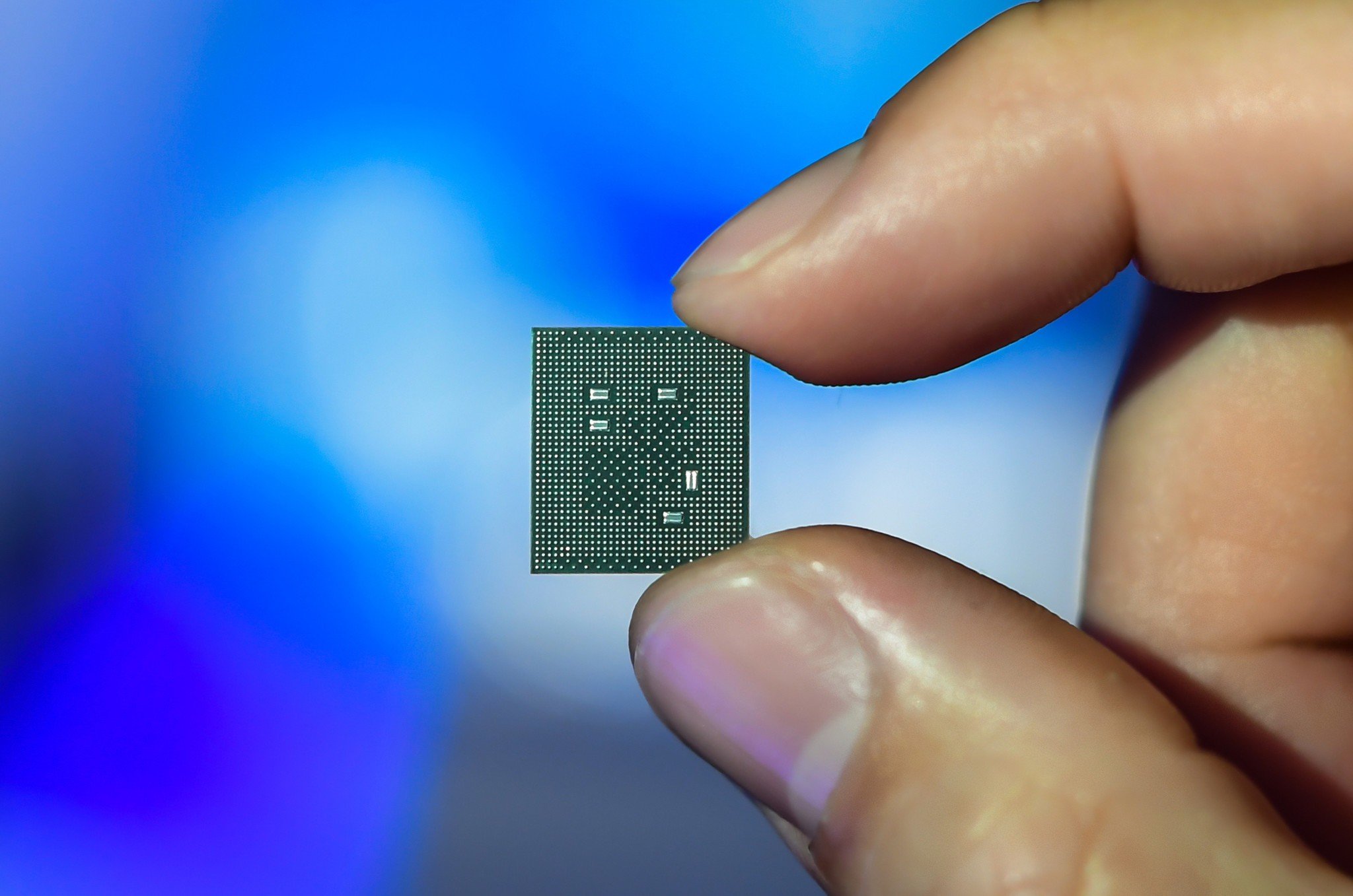Snapdragon 888 beats Exynos 2100 in these Galaxy S21 tests, but both chips disappoint

What you need to know
- AnandTech performs an analysis of the Snapdragon 888 and Exynos 2100.
- The chips feature a similar configuration and are made by Samsung, but the node falls behind when compared to TSMC.
- Both chips offer sizeable gains over their predecessors, with the Qualcomm beating out the Exynos 2100 in both performance and efficiency.
Now that the Samsung Galaxy S21 Ultra is available and in the hands of consumers, it gives us the opportunity to start testing the two flagship chips from Qualcomm and Samsung. Both their new chips offer notable performance gains over their predecessors, thanks to ARM's new Cortex-X1 and Samsung's 5nm process, but how do they differ, and what effect does that have on their performance when used in some of the best Android phones? Fortunately, we have AnandTech to dive into these chips and give us an idea using the Galaxy S21 Ultra.
One point noted by AnandTech is the node on which these chips were built on. Using Samsung's 5nm process has improved the performance and efficiency of both chips, but by comparison, Samsung's 5LPE process is actually more equivalent to TSMC's 7nm node and falls behind the 5nm by the rival chipmaker. Still, when comparing the current and previous generation chips, Samsung appears to have been able to reduce voltage used by the Exynos 2100. For example, the 3 Cortex-A78 cores at 2.5GHz only require 862mV, while the Cortex-A76 cores of the previous generation chip required as much as 1050mV. Apparently, Samsung has also been downplaying its performance gains over the previous flagship chip, with AnandTech measuring as much as a 27% gain in single-tread performance ― quite a bit higher than the 19% that Samsung claimed.
Unfortunately, these same improvements don't really translate to memory latency, with the Exynos 2100 clocking in at 136ns versus 121ns on the Exynos 990 (lower is better here). That's also compared to the 114ns measured on the Snapdragon 888.
The Exynos 2100 performs better when you stick it in a freezer.
Qualcomm's chip also shows notable performance gains over its predecessor, measuring as much as a 29.2% gain over the Snapdragon 865. It also manages to best the Exynos 2100 in a number of tests, such as overall performance as well as efficiency. When it comes to workload, the Exynos 2100 showed pretty inadequate performance when under a fan, compared to the Snapdragon 888 in the same conditions. Things only got better when the Exynos Galaxy S21 Ultra was placed in the freezer, but that still only showed comparative numbers to the Qualcomm phone under a fan and represented highly unrealistic testing conditions.
Qualcomm's chip measures a small percentage faster than Samsung's, while also managing to consume less power, and as a result turned out 14% more efficient. This is notable due to the fact that both chips are build using the same process and the same configuration, but some decisions by Qualcomm gave it the upper hand, such as how it implemented cache in the X1 core.
Unfortunately, the Snapdragon 888 is still hindered by Samsung's manufacturing process despite its gains over the Exynos chip as well as its own predecessor. Additionally, neither chip seemed to take full advantage of their cores, particularly with the faster X1.
Overall, this generation seems a bit lacklustre. Samsung LSI still has work ahead of them in improving fundamental aspects of the Exynos SoCs...Qualcomm, while seemingly having executed things quite well this generation, seems to be limited by the process node.
This may sound a tad disappointing, it could also give us an idea of how the companies could improve their chips for the second half of the year when they're likely to launch follow-ups, especially with Qualcomm's Nuvia deal and Samsung's partnership with AMD. Also despite what the test may say, both chips are still quite impressive and the Exynos has shown quite a growth from before.
Get the latest news from Android Central, your trusted companion in the world of Android
For a full breakdown of the tests and performance of these chips, head over to AnandTech.

Derrek is the managing editor of Android Central, helping to guide the site's editorial content and direction to reach and resonate with readers, old and new, who are just as passionate about tech as we are. He's been obsessed with mobile technology since he was 12, when he discovered the Nokia N90, and his love of flip phones and new form factors continues to this day. As a fitness enthusiast, he has always been curious about the intersection of tech and fitness. When he's not working, he's probably working out.
